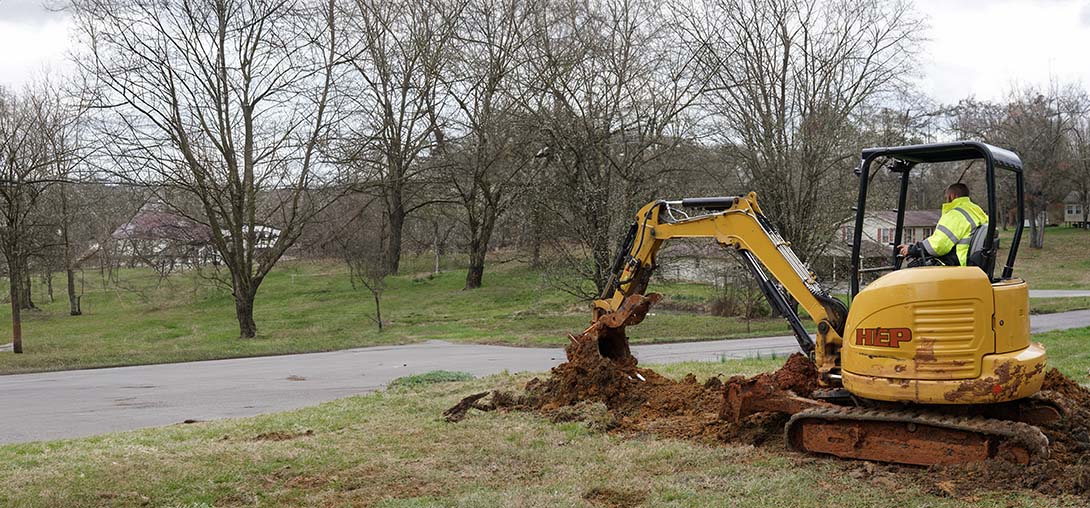

Unexpected Backups
Your trusted partner for professional home services. Quality workmanship, guaranteed satisfaction.




- HEP
- Unexpected Backups
Unexpected Backups | Main Line Issues | Plumbing | Crossville
When murky water gurgles up where it shouldn’t and every drain in the house seems to rebel at once, Crossville homeowners know it’s more than a clogged sink—it’s the tell-tale chaos of main line issues. At HEP, we turn that panic into relief with fast diagnostics, trenchless technology when possible, and a crew that treats your property like their own. From tree-root intrusions to collapsed pipes, our licensed plumbers track the problem to its source, explain your options in plain English, and get the flow restored before it disrupts another moment of your day.
Whether you woke up to a soggy basement at 3 a.m. or you simply want a camera inspection before buying a new home, one call to HEP is all it takes. We arrive on time, charge by the job—not the hour—and back our work with rock-solid warranties so you can flush, shower, and wash without a second thought. Don’t let unexpected backups put your routine on hold; let the hometown pros keep Crossville’s water moving in the right direction.
FAQs
What are the most common reasons for sudden sewer or drain backups in Crossville?
In Crossville, many homes still rely on aging clay or cast-iron sewer laterals that can crack or shift over time. Heavy rainfall, shifting limestone soil, and mature tree roots looking for moisture all contribute to breaks and blockages. Grease, wipes, and other non-flushable items washed down drains also accumulate in low-slope piping and cause clogs that back water up into tubs, toilets, or floor drains.
How do I know the backup is coming from the main sewer line and not just one fixture?
A single clogged sink or toilet usually points to a local fixture or branch line blockage. When multiple fixtures on the lowest level—such as a basement floor drain, tub, and toilet—overflow at the same time, it indicates the main line is obstructed. Gurgling sounds in drains, water backing up when you run the washing machine, or sewer odors from floor drains are strong clues that the primary sewer line needs attention.
What should I do immediately when a backup happens?
1) Stop using all water in the house to avoid worsening the overflow. 2) Shut off power to affected areas if water levels are high to reduce electrical hazards. 3) Call a licensed plumber who offers emergency main line service; most reputable companies in Crossville respond 24/7. 4) Avoid using chemical drain cleaners—they can’t break through serious root or debris blockages and may damage older pipes. 5) Document any water damage with photos for potential insurance claims.
Is a main line backup covered by homeowners insurance?
Standard homeowners policies generally exclude damage caused by sewer or drain backups. Many insurers, however, offer an optional sewer and drain backup rider that can be added for a small annual premium. If you carry this endorsement, cleanup and property restoration are usually covered up to a set limit (often $5,000–$25,000). Check your policy or speak with your agent before a problem occurs so you know your exact coverage.
How does your team diagnose and fix main line issues?
Our technicians begin with a mechanical auger (rooter) to clear immediate blockages and relieve pressure. We then run a high-definition sewer camera through the line to locate cracks, offsets, or root intrusions. Depending on what we find, solutions may include hydro-jetting to scour the pipe interior, trenchless pipe lining, or full replacement of collapsed sections. We provide a detailed video and written report so you can see the problem and approve the repair plan with confidence.
How can I prevent future backups?
Schedule a preventive sewer camera inspection every two to three years—especially if your home was built before the 1990s. Avoid flushing wipes, feminine products, paper towels, or pouring grease down the drain. Install backwater valves to stop city sewer surges from entering your home during heavy rain. If roots are a recurring issue, an annual root-treatment foam can inhibit regrowth. Finally, ensure gutters and sump pumps discharge away from the sewer clean-out to minimize groundwater infiltration.